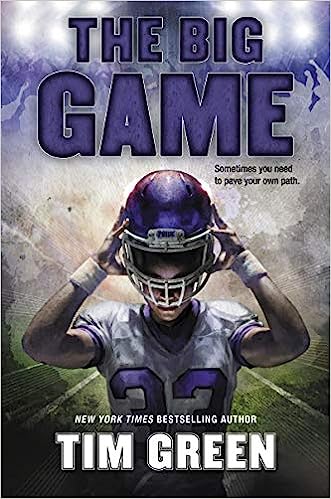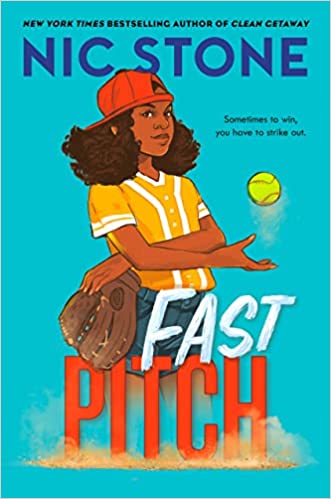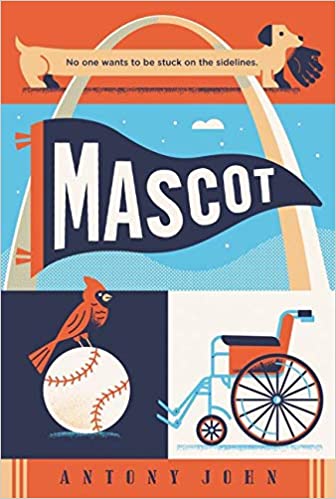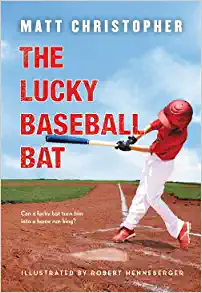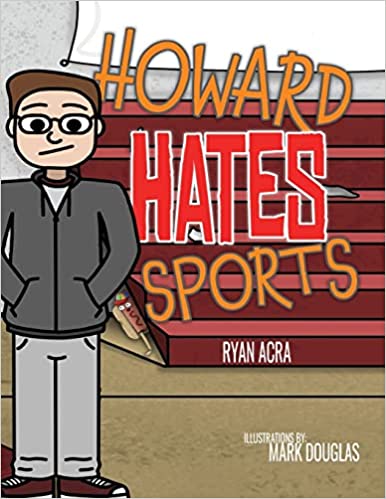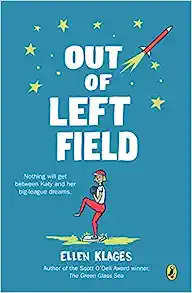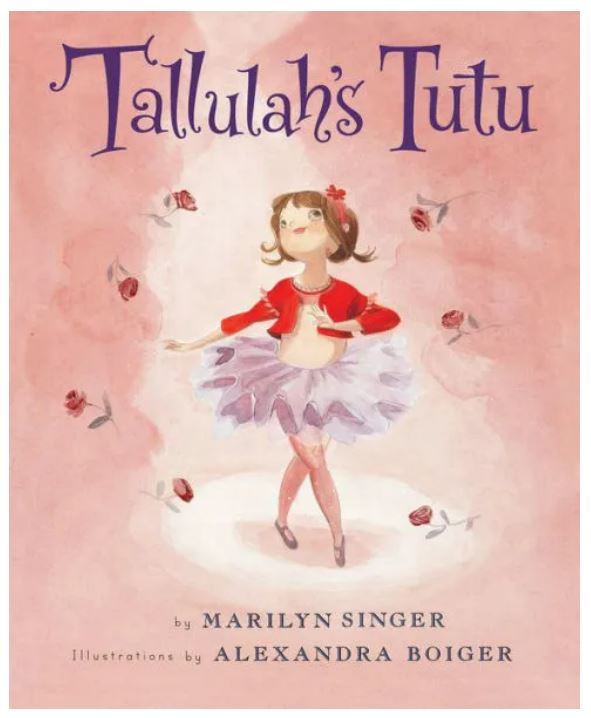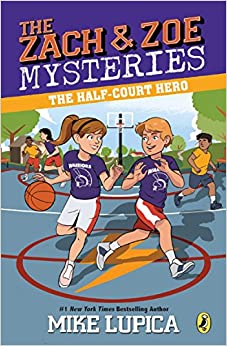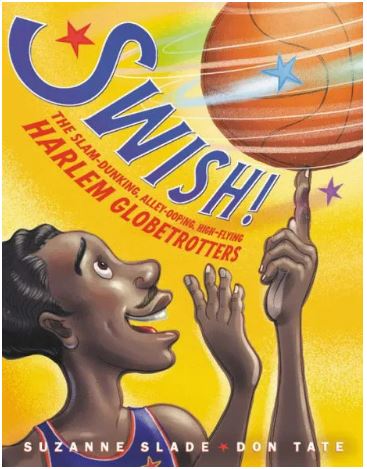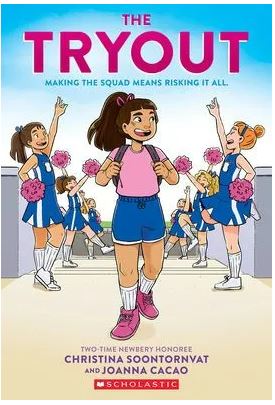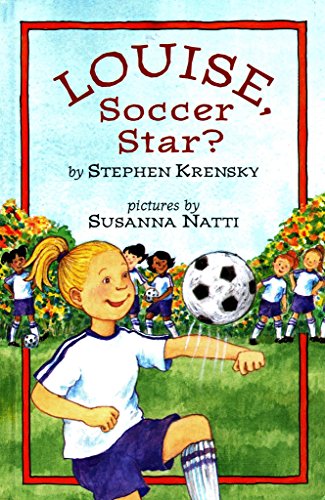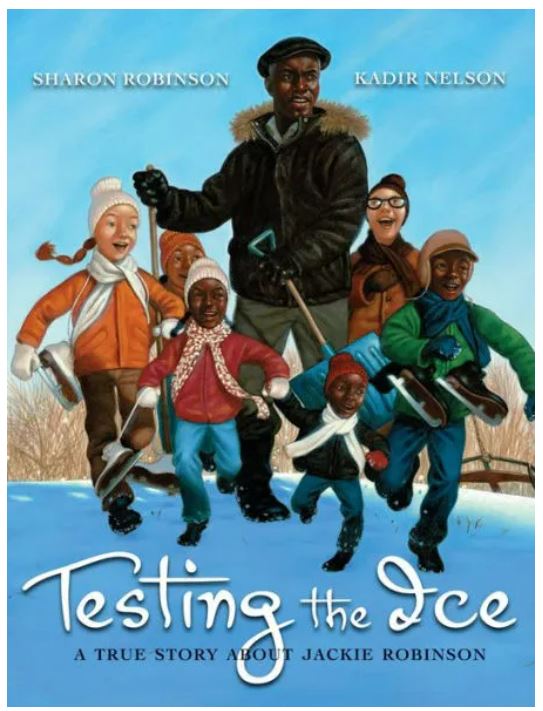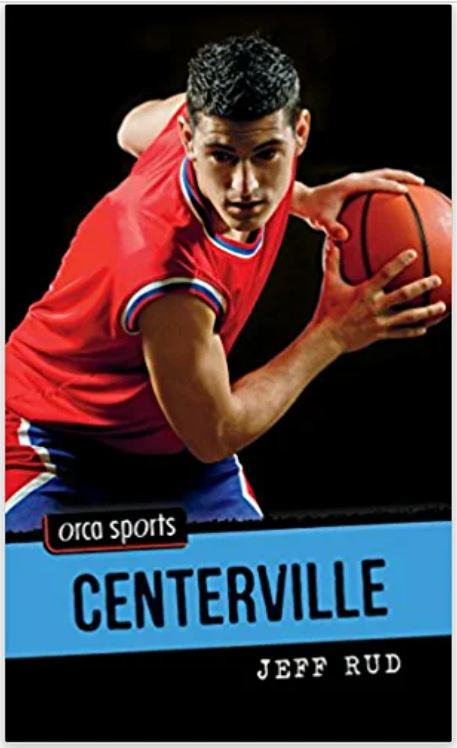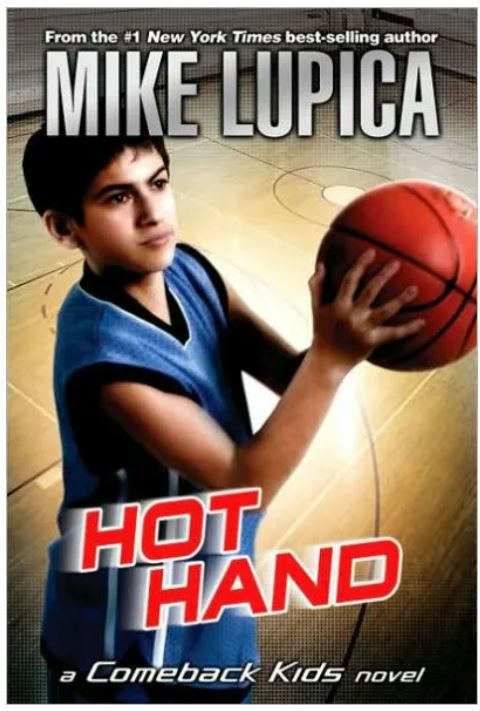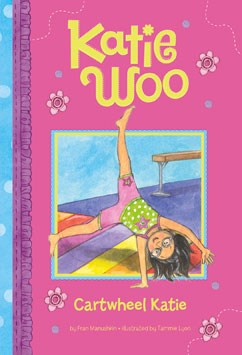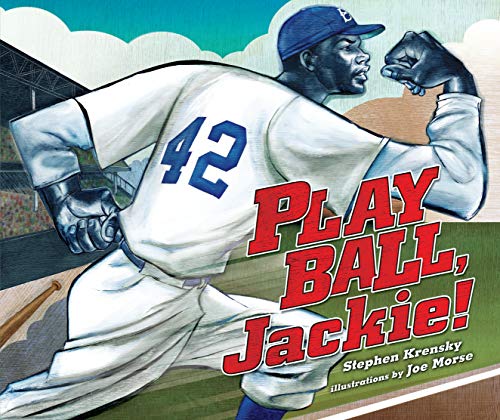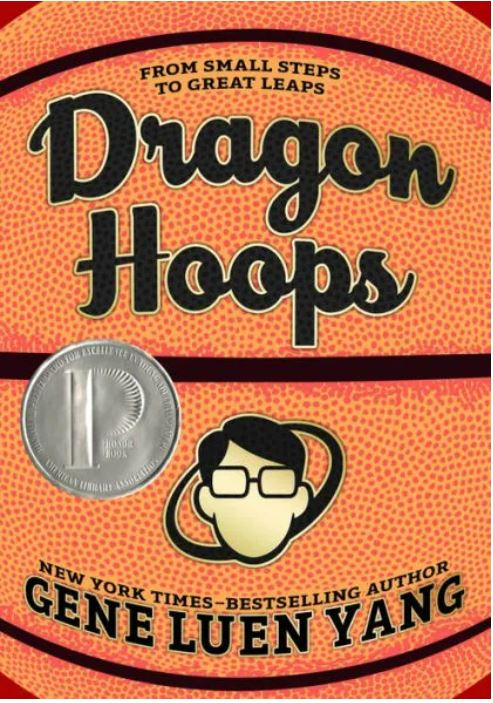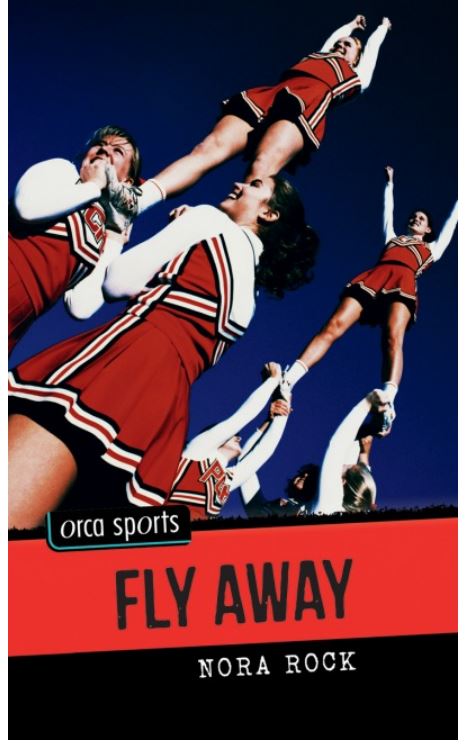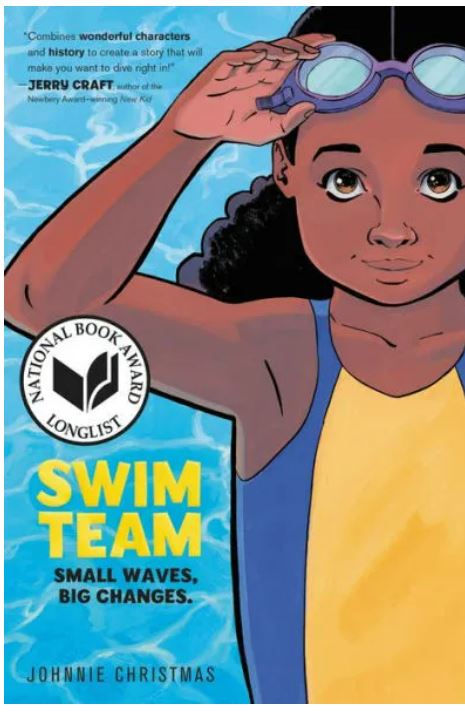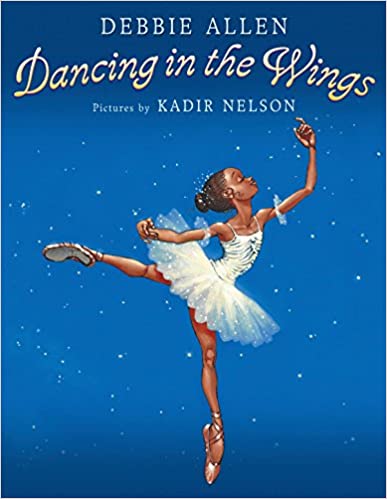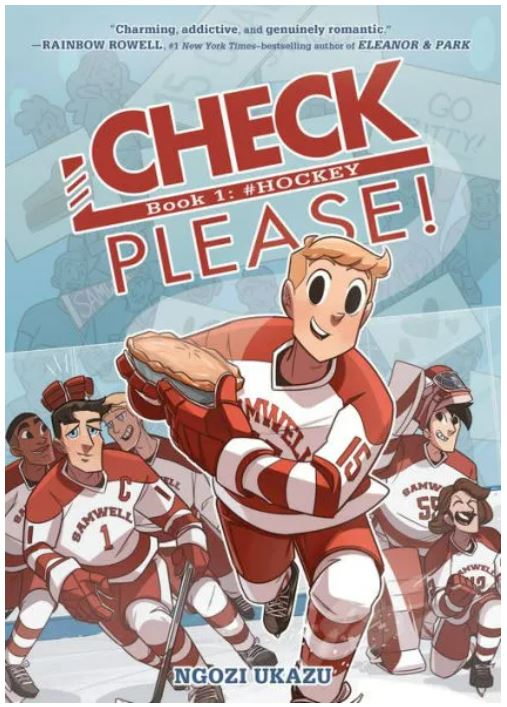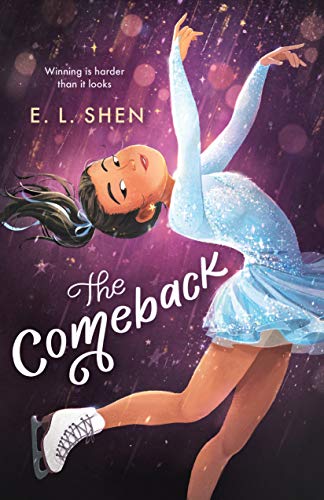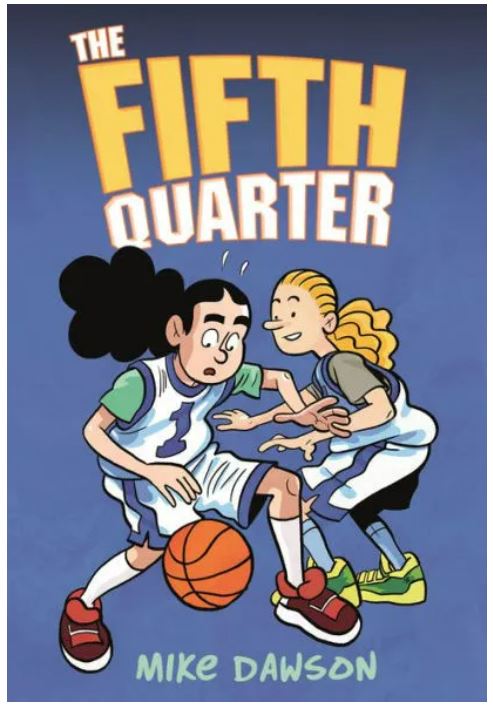Danny Owens is the son of the legendary Super Bowl champion, Daniel Owens, and the next rising football star in his small town of Crooked Creek. Wanting to follow his father’s footsteps to the NFL, Danny knows that his football career depends on the big championship game, where an impressive performance could earn him a spot on the high school varsity football team.
However, his entire season takes an ugly turn when his father suffers a tragic death. To make matters worse, Danny’s teacher, Ms. Rait, threatens to fail him in English which would make him ineligible for the big game. With the pressure of emulating his father’s success weighing heavily on his shoulders, Danny must decide to improve his academics or risk losing his entire football future.
Danny is your typical seventh-grade football player who believes his entire future hinges on his football talent. Thanks to his dad’s presence and fame in Crooked Creek, Danny acts with humble arrogance and believes that his family’s name and football abilities alone can exempt him from his school’s challenging studies. However, Ms. Rait proves to be a direct foil to Danny’s intentions, and her refusal to ignore Danny’s poor reading skills because of his family’s fame creates tension between her and Danny. While neither character is perfect, they offer opportunities for each other to grow by exposing their strengths and shortcomings. For example, Ms. Rait acknowledges that “[Danny’s] a star athlete whose dad won the Super Bowl so when Danny struggled, [other teachers] ‘helped’ him. They passed him on. Let him cheat. And now he’s twelve and he can’t read.”
Unfortunately, readers will have a difficult time connecting with Danny and Ms. Rait. Danny is an unlikeable, angry character who refuses to shift from his football goals. Ms. Rait isn’t much better. Despite her position as his English teacher, her teaching methods seem overly strict and unforgiving, while her good-natured intentions for Danny don’t forgive her ill-tempered attitude. The only admirable character is the school counselor, Mr. Crenshaw, whose quiet personality and soft voice act as an oasis to the others’ noise.
Despite the troubling main characters, the story attempts to offer a positive message on paving one’s own path. For one, the book identifies Danny’s issues by exploring how his father placed too much pressure on him and his future. In addition, Danny’s improvement in his reading skills appears to move toward a lesson about finding the strength to choose a destiny apart from his father’s. However, the story’s ending dashes this character development by completely restoring Danny’s dreams as a young football star without any consequences.
The Big Game has the pieces for a good sports story with a lesson. It creates an engaging plot, sheds new light on mental issues, and keeps the reader hooked until the end. However, its unlikeable characters, unsatisfying ending, and wasted character development ultimately make it a frustrating read. Similar to The Big Game, Before the Ever After by Jacqueline Woodson uses football to show the complicated nature of fathers and sons. However, Before the Ever After is a more engaging story.
Sexual Content
- Danny and his friend, Janey, ride together on a lawnmower. Danny remarks that “he could feel the back of her head against his own and her shoulder blades cutting into his back. He liked the way that felt, rumbling down the shoulder of Route 222.”
- Danny and Janey have a brief interaction where Danny mistakenly believes that Janey is about to kiss him. “She parted her lips, maybe to say something, but he was afraid she might try to kiss him, or that he might try to kiss her, and that scared him silent.”
- When Ms. Rait, Danny’s English teacher, mentions Danny and Janey, Danny notices that Janey’s “freckles on her round cheeks stood out from her blush and [that] she cast her brown eyes at the floor.”
Violence
- During an early morning run, Danny’s father suffers a heart attack and dies in front of Danny. Danny’s father “suddenly gasped and straightened. He clutched his chest and staggered sideways just off the road . . . his father winced like he’d hammered his thumb, and then he pitched forward and collapsed in the dust.”
- Two teammates on Danny’s team, Gabriel and Cupcake, engage in a fight during practice. They fight because Cupcake took Gabriel’s spot on the field, but nobody gets hurt. Coach Kinen breaks up the fight: “Cupcake shoved the monster, Gabriel, out of his spot at right tackle before stepping in. . . fists quickly began to fly.”
- Markle, one of Danny’s teammates, punches Cupcake: “Markle sidestepped Cupcake, threw a roundhouse punch into his gut, and shoved him into the dirt. Cupcake lay gasping for breath.”
- Danny beats up Markle for insulting his father: “Danny spun around and launched himself at Markle’s throat. He grabbed his mask, twisted it, and yanked his teammate to the ground with a war cry. Danny gripped the mask with both hands and shook and twisted until it came free. He flung it aside. The helmet flew through the air, and before it hit the ground Danny was pummeling Markle’s face . . . the older boy’s nose and cheeks were bloody and swollen. His eyes were two slits in the bruised fruit of his face.” This scene is described over two pages.
- Throughout the story, Danny repeatedly kills his teammates on an X-box video game: “He laughed a crazy laugh, and when the round began, he systematically killed his own team, then pulled out a grenade and dropped it at his feet.”
- In anger, Danny swings his crutch. “He swung his crutch like a flipper. The lamp on the stand next to the couch shattered. The light bulb popped in a blue flash.”
- Danny attempts to save kittens from a chicken coop that was on fire. “Danny turned his head, took a deep breath, held it, and leapt into the coop. When his foot hit, it went straight through the floor, scraping his leg. Pain rocketed through his brain, but that was the least of his problems.” This scene is described over two pages.
Drugs and Alcohol
- Danny’s mother and father frequently drink beer or smoke cigarettes. For example, his mother “lit one of her long, thin cigarettes and surrounded herself in a halo of smoke.”
- Danny walks in on his mom drinking vodka and worries about her mental health. “His mom had the TV on and a glass of strawberry vodka in her hand . . . Danny knew she’d get mad if he said she was drinking too much.”
- Cupcake’s brother, Herman, mentions using Advil when he was hurt. He says, “Nothin’ they could do, so I taped it up, took some Advil, and just kept milkin’ the cows.”
- A couple of Markle’s friends “smoked cigarettes in the woods behind the school.”
Language
- Markle calls Danny’s father, Daniel Owens, a “freeloading fat-butt has-been.”
- Danny’s friend, Cupcake, calls Janey “Miss Fancy Pants.”
- One of Danny’s video game buddies calls him an “idiot.”
- Danny calls Ms. Rait “stupid.”
- Danny yells at his mom “to shut up” in an outburst of anger.
- Danny calls Ms. Rait “the devil.”
Supernatural
- During a football game, Danny believes he hears his father’s spirit shouting instructions to him.
- Danny finds himself in a dream sequence where he meets with his dead father. During the dream, his father talks to Danny about his life. “Danny, Danny, Danny. We don’t choose. You’re gonna be fine. I told you, I’m with you, and we will be together. I promise.”
Spiritual Content
- During a counseling session, Danny asks Mr. Crenshaw if he believes “in heaven and the other place.”
